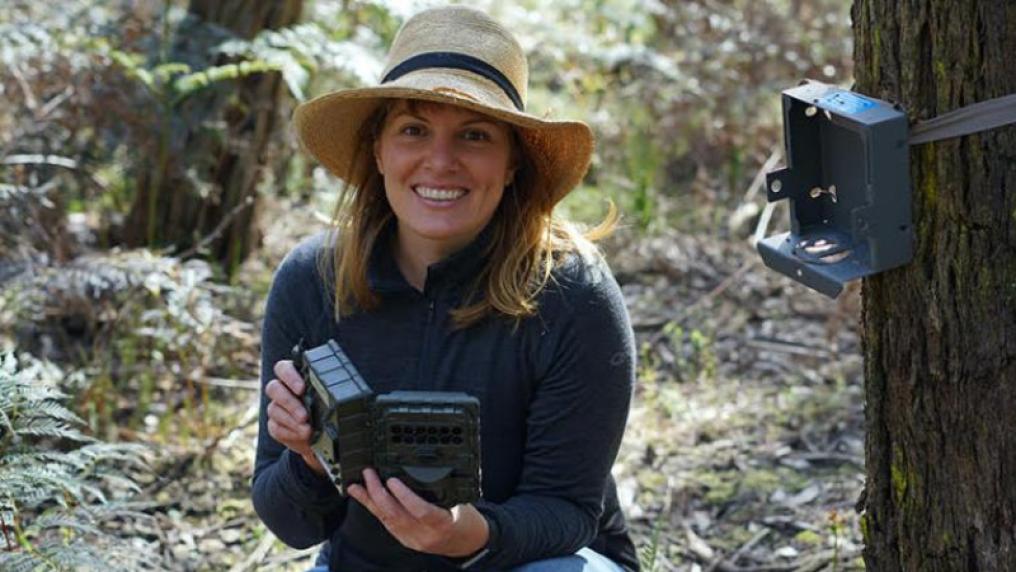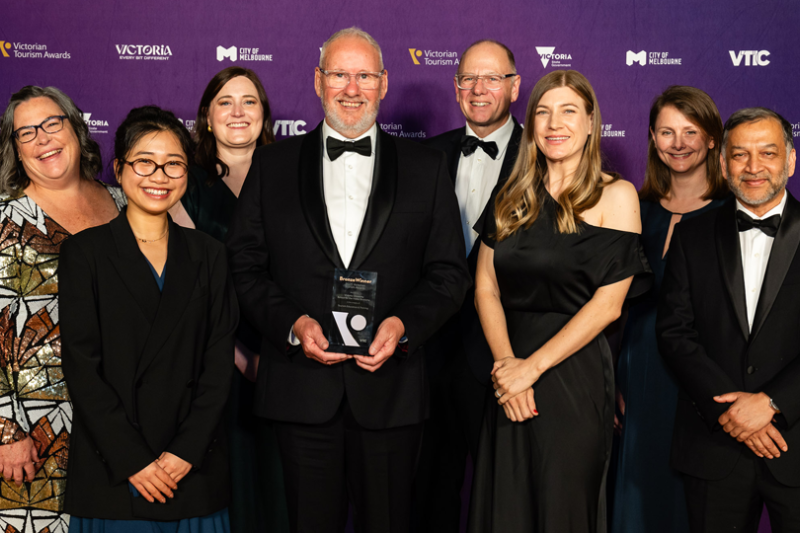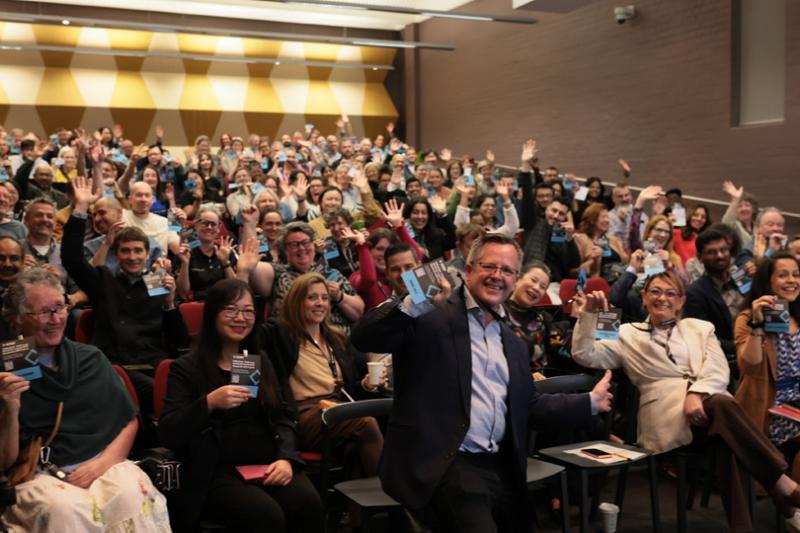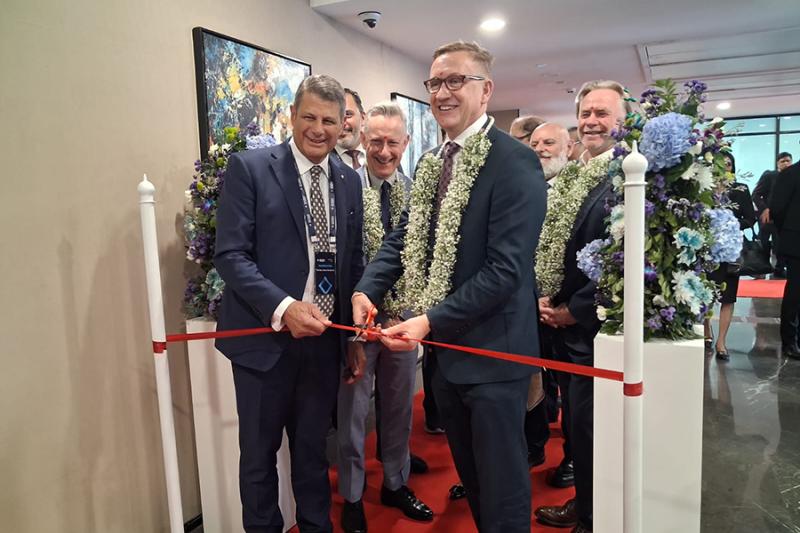Citizen science in the time of COVID-19

COVID-19 is affecting the work of scientists, particularly those who work in the field as Dr Christine Connelly, a lecturer in Environmental Science, and academic researcher is discovering.
“I grew up going camping as a child and I was fascinated by the natural world. I’ve always had a really strong drive to protect nature,
” says Christine Connelly.
Dr Connelly is now a lecturer in Environmental Science with the College of Sport, Health and Engineering, working on a wide variety of research projects with a passion and appreciation for what citizen scientists can bring to the discipline.
She first started in environmental science as a citizen scientist, joining the movement as a way to get experience and contribute to collecting important data and has gone on to become an expert in developing and running long-term citizen science projects. Until recently, she was a founding committee member of the Victorian Chapter of the Australian Citizen Science Association.
“Through the citizen science projects I have worked on, we have managed to achieve some important outcomes, including finding threatened species in areas where they had not been recorded for many years, or where they were expected to be negatively impacted by fire.
“Citizen scientists always bring a passion and enthusiasm to their participation in projects and often have really valuable knowledge and experience. I find that learning frequently happens in two directions and the citizen scientists are often teaching the scientists, for example with key information about their local area,
” she says.
COVID-19 is affecting academic research and the work of citizen scientists, delaying some projects and causing others to be abandoned.
“It’s been a challenge to do projects that require face-to-face time,
” Dr Connelly says. Parts of her research on environmental DNA (eDNA) in the Bass Coast region of Victoria have been disrupted.
“COVID has made it challenging to kick off the citizen science aspect of our eDNA project as it’s been hard to find a way to work with farmers and the local community to obtain soil samples for our study.
”
This project explores how to use environmental DNA (‘eDNA’) from soil samples to measure biodiversity change. “Using this method we can tell what species have been in an area simply by looking at what DNA fragments are in the soil and water,
” she says.
“We are researching the best way to use eDNA to survey for threatened species, detect invasive species, and measure environmental change in re-vegetation areas to determine whether biodiversity improvements are occurring,
” she says.
National Science Week
National Science Week 2021 continues until 22 August. It is Australia's annual celebration of science and technology - held every August.



